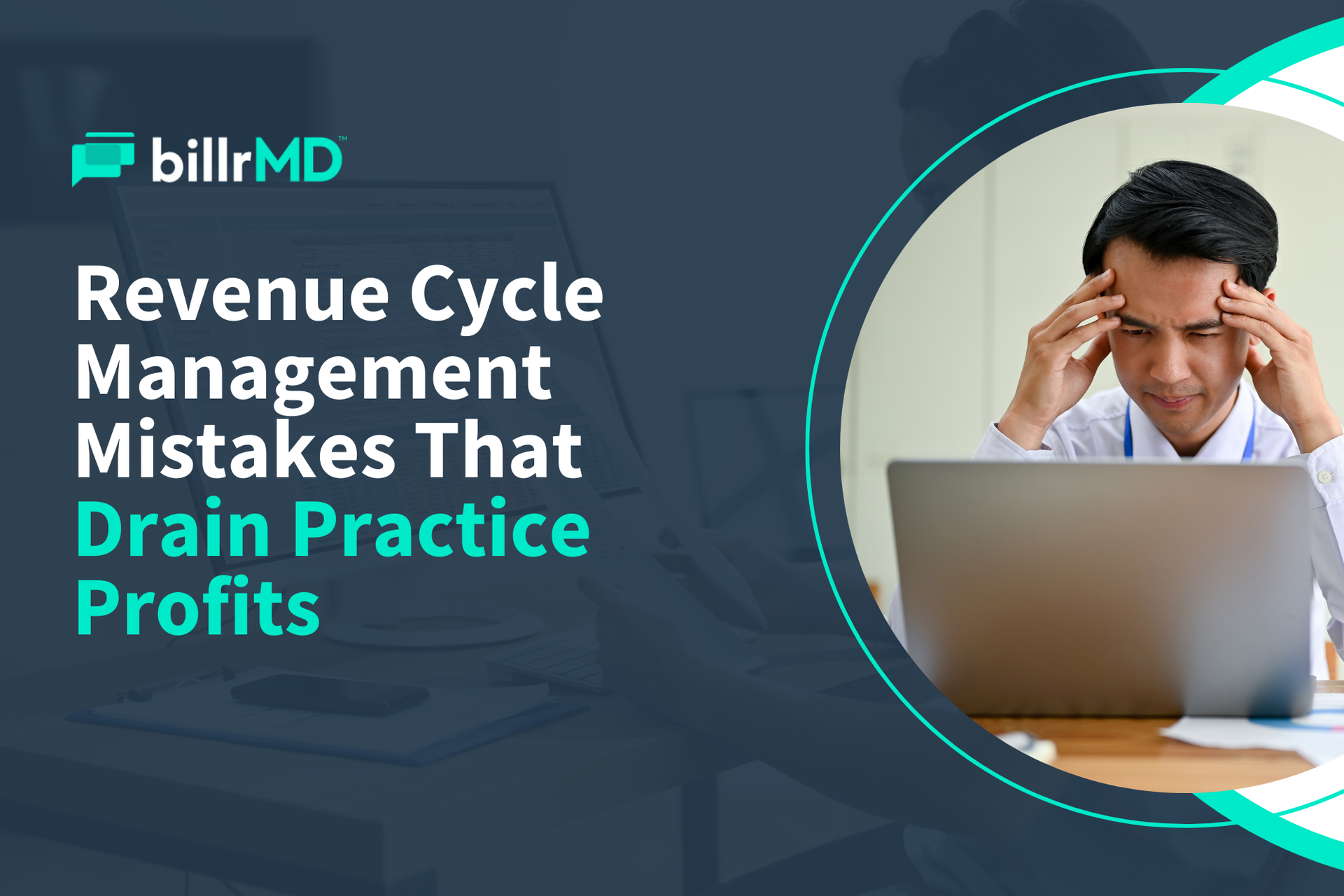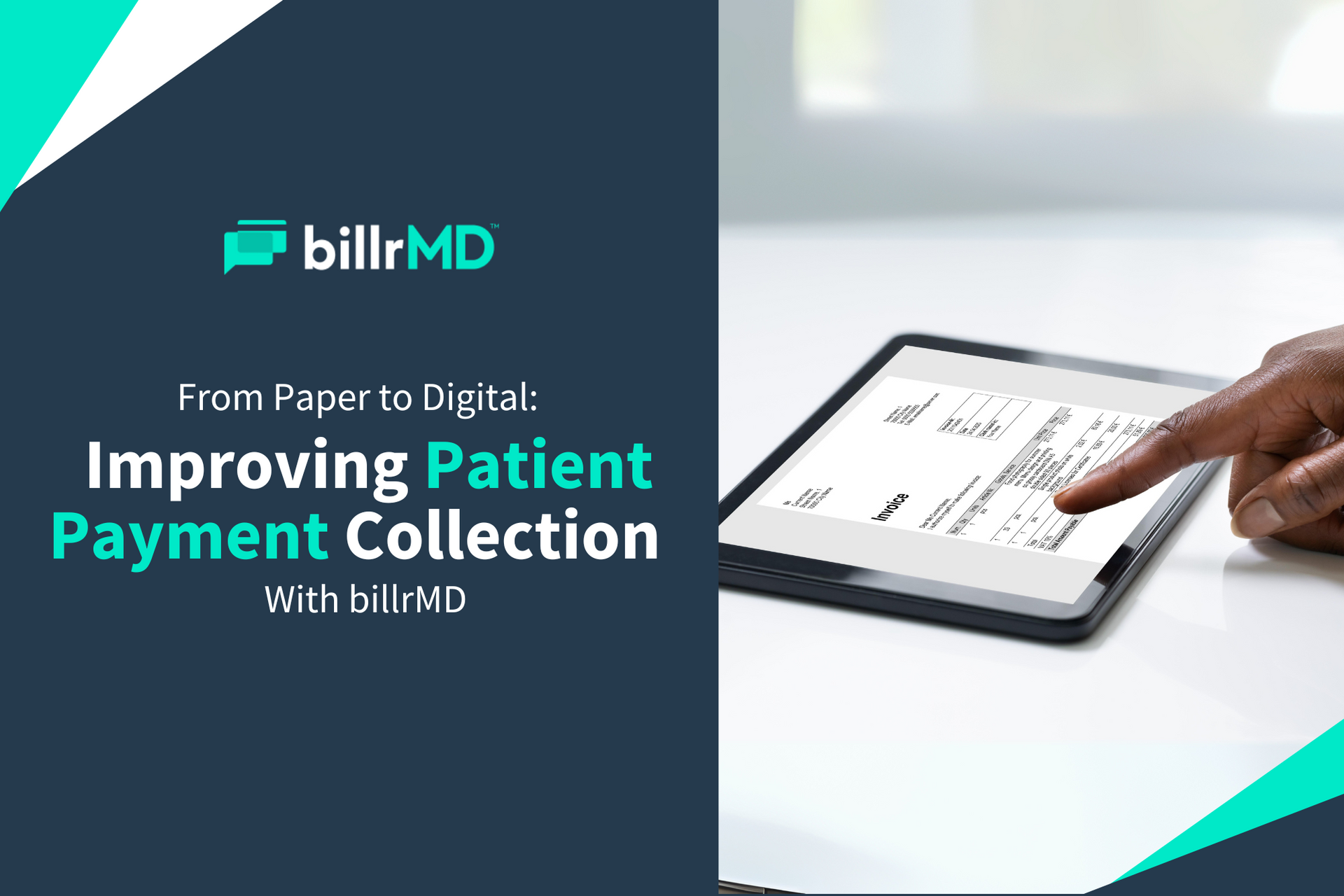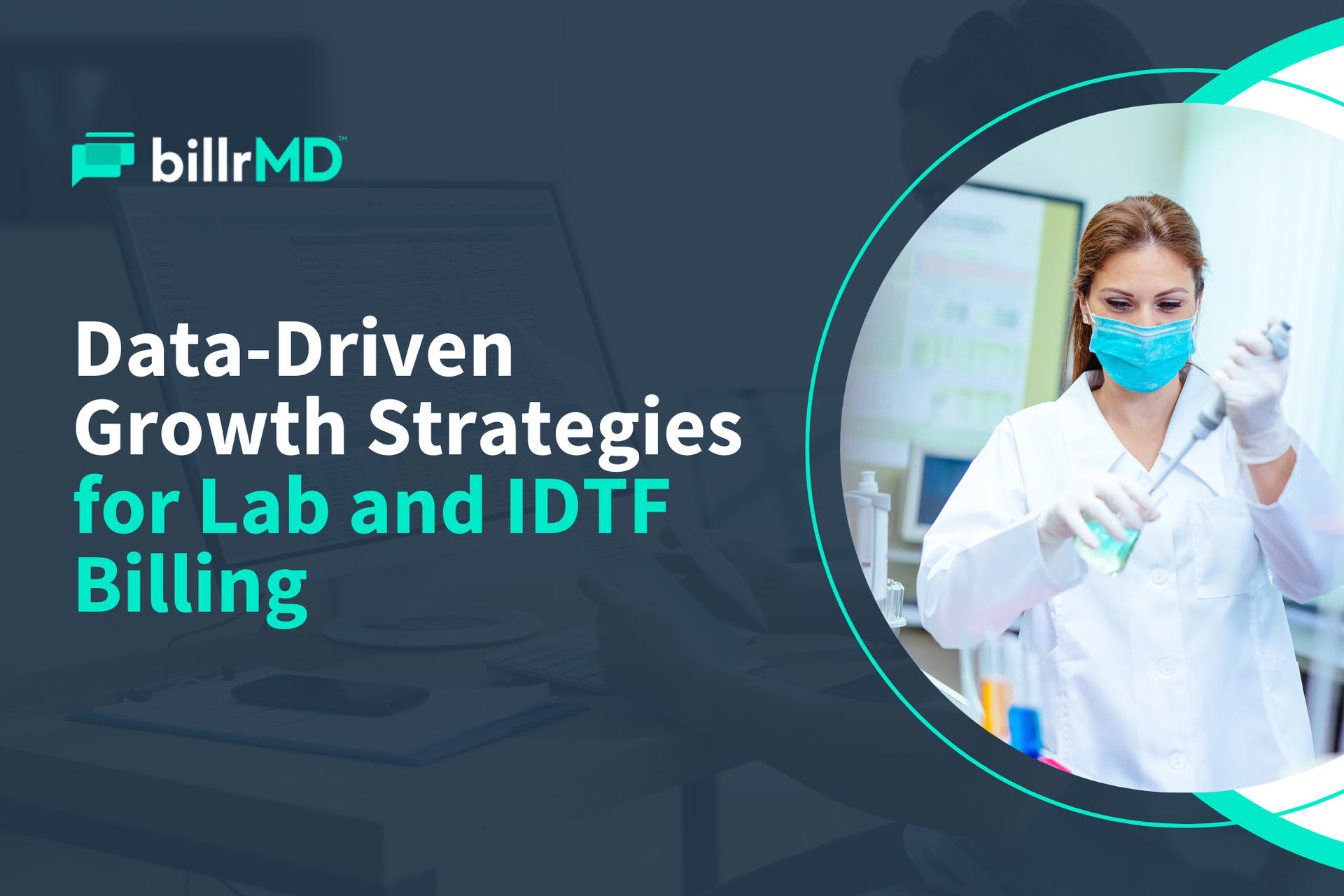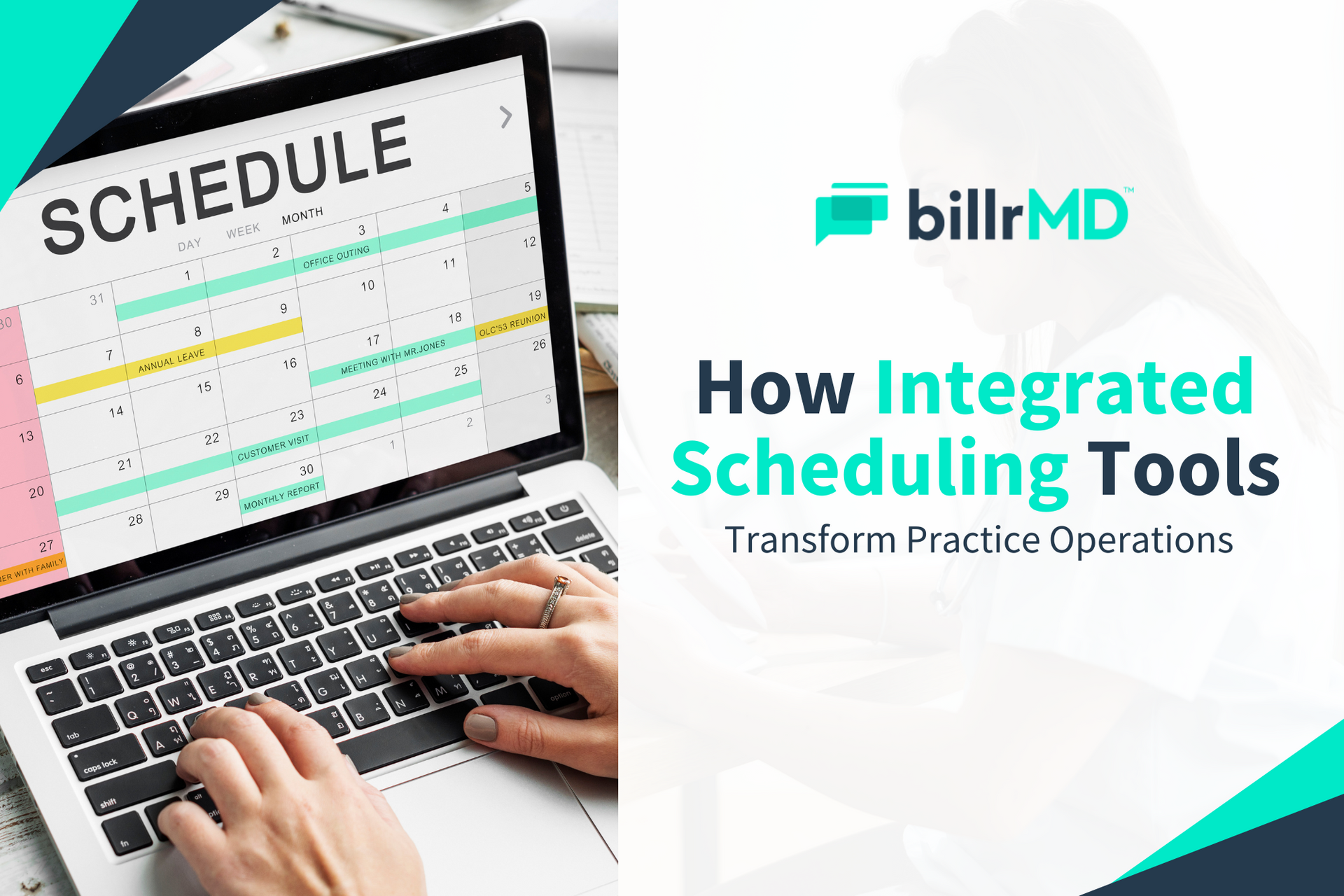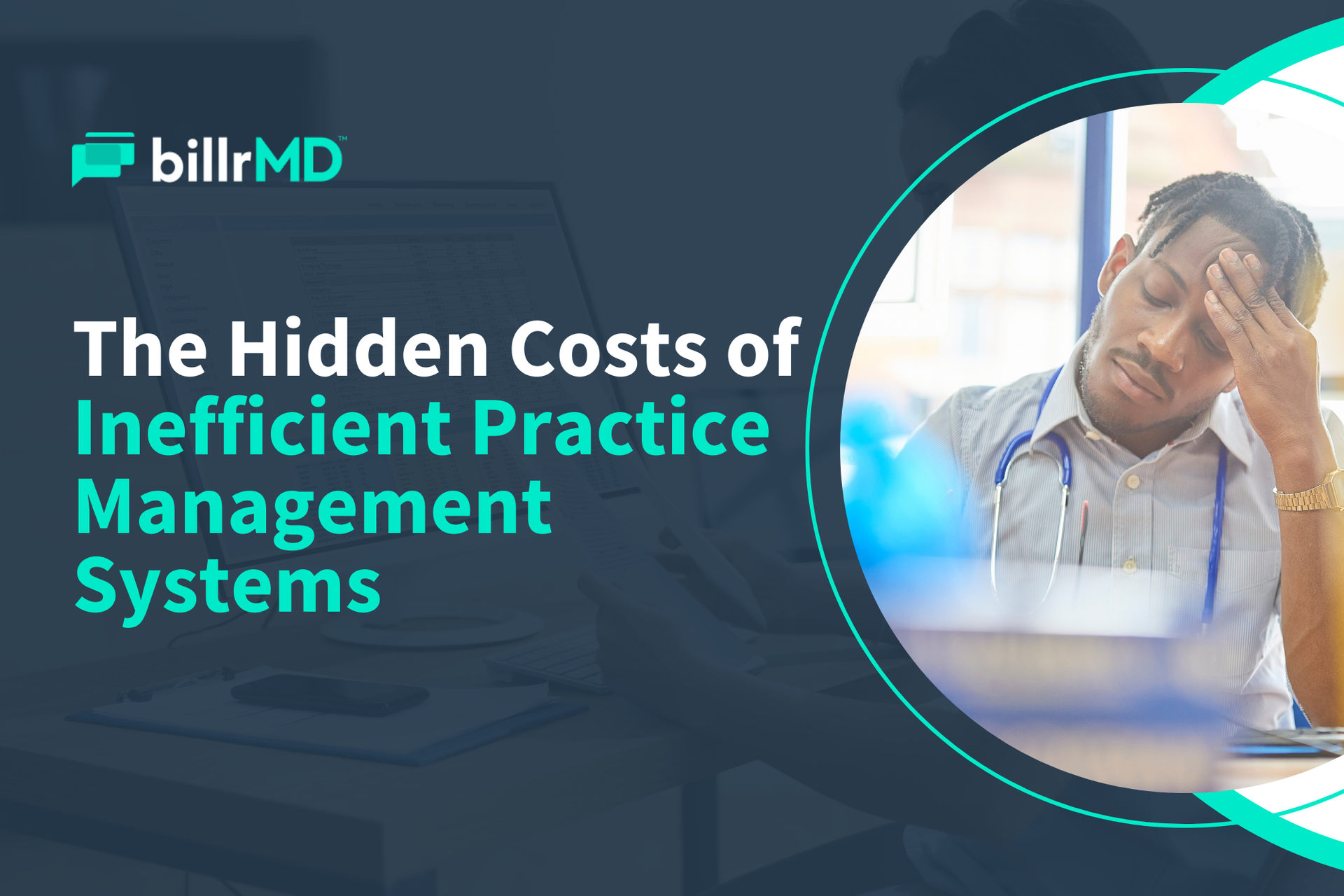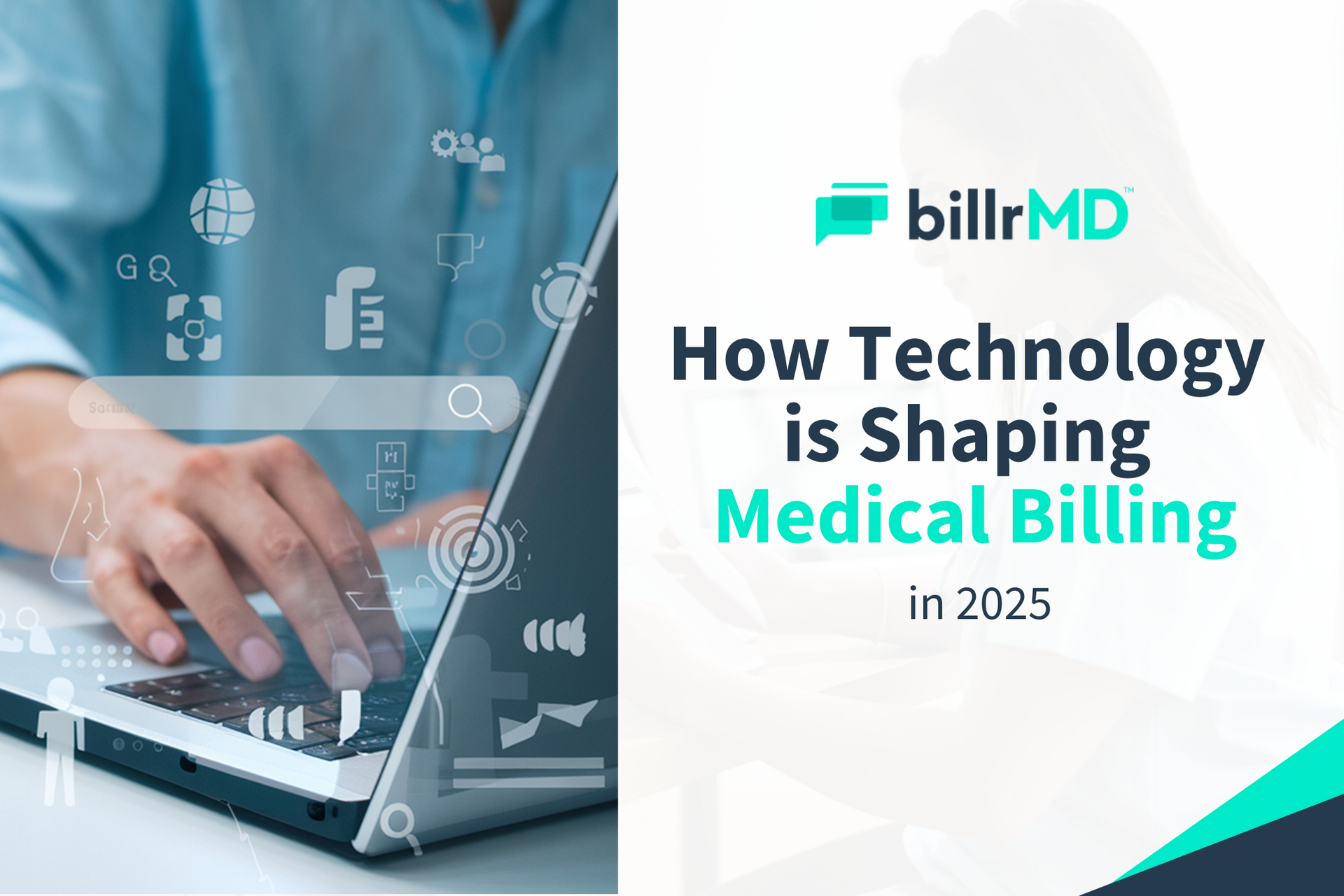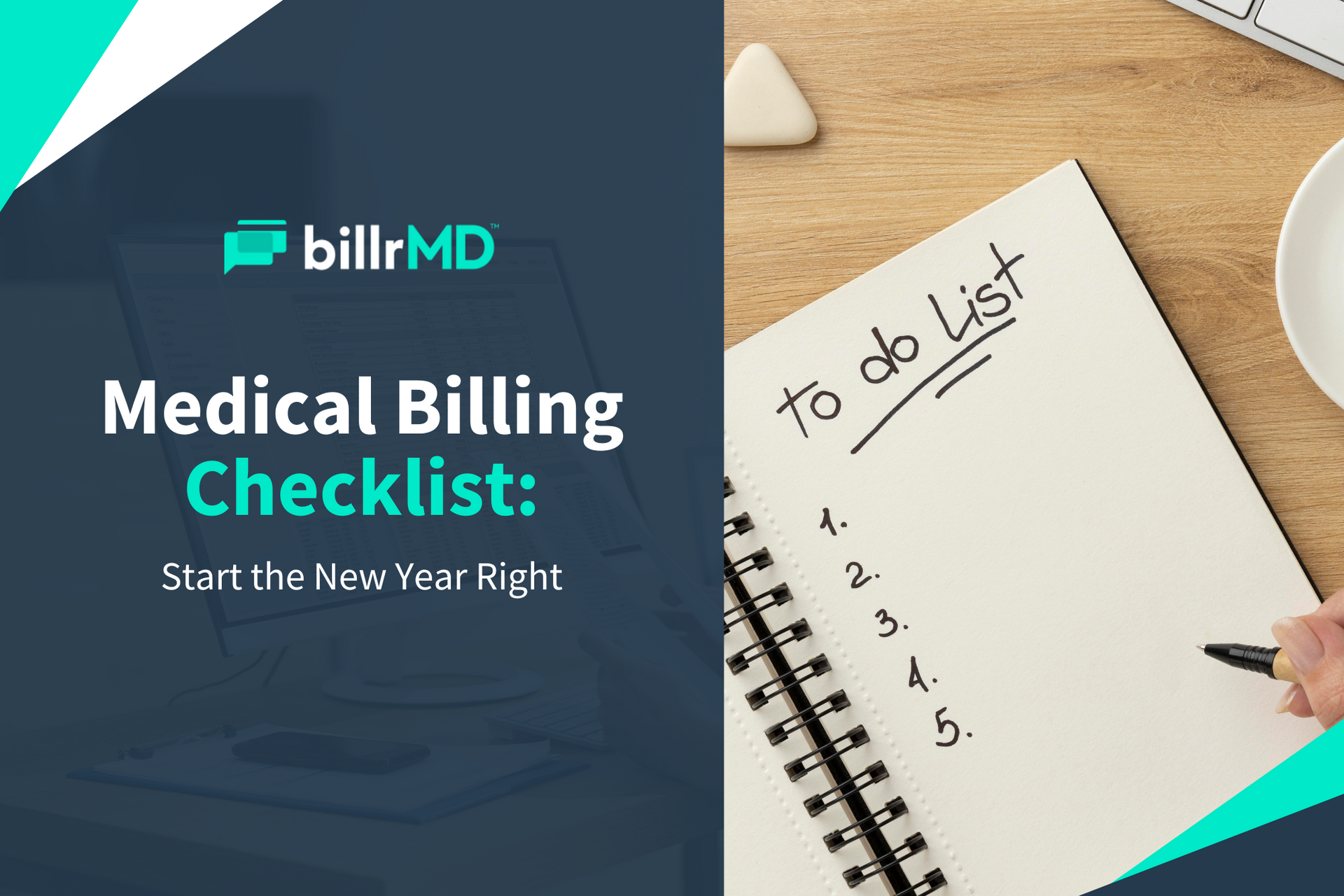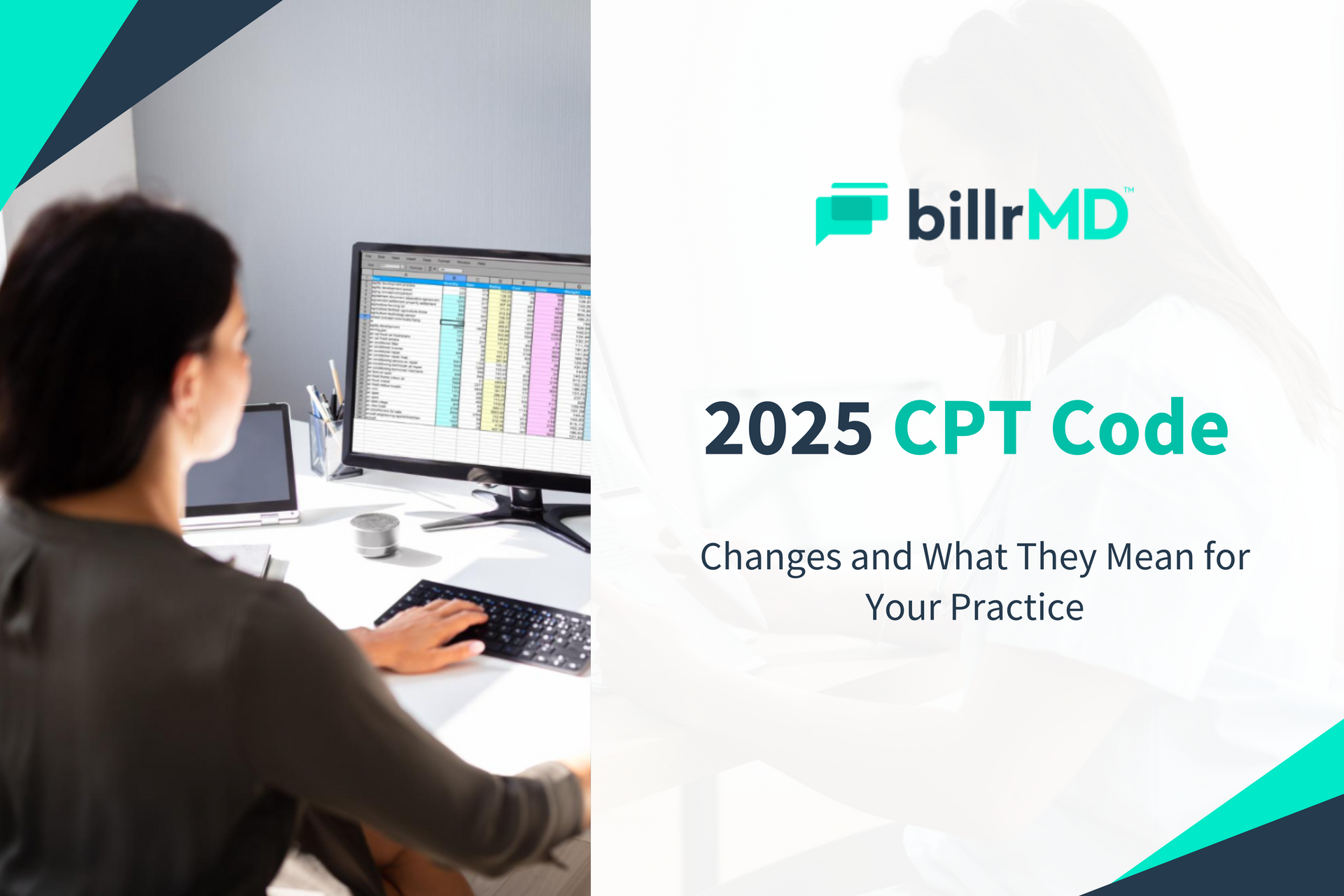Top 5 Medical Billing Trends You Need to Know & Implement in 2023
The healthcare industry has been notoriously sluggish in adopting digital technology, especially in the administrative and billing departments. However, necessity, as they say, is the mother of invention—and the pandemic proved that to be true once again when it forced many practices across the country into a seemingly overnight digital transformation.
Even now that the COVID-19 dust has settled, healthcare's accelerated digital adoption continues to shape the industry's future, including medical billing.
What Medical Billing Looks Like in 2023
Apart from automating workflows and expanding care settings beyond the clinic walls, healthcare's dramatic digital shift in the last few years also introduced challenges and opportunities for medical billing and coding. With policies and compliance requirements regularly changing, it pays to stay ahead of new technologies, methods, and trends in the medical billing space.
Here are the top five trends shaping healthcare revenue collection in 2023:
1. The Growing Popularity of Web-Based Billing Software

In a fast-paced environment like healthcare, convenient and swift access to your software is a crucial advantage. To keep up with your practice's constantly changing needs, steep patient expectations, and emerging industry challenges, you need a reliable solution that you can access anywhere, anytime.
In other words, today's healthcare landscape requires mobility. Web-based billing software provides precisely that and more.
That's why it's not surprising that web-based billing platforms have rapidly gained traction among healthcare organizations in the past few years. And with more providers seeing its benefits, experts predict
web-based systems to continuously revolutionize medical billing in the country.
Read More:
The New Medical Billing Software Standard: How to Get Started With billrMD
2. Addressing Cybersecurity & Data Privacy Concerns

Cybersecurity concerns have long hounded medical billing systems. And with cyberattacks becoming more rampant, it certainly doesn't help ease providers' worries.
There are plenty of laws and regulations aimed at thwarting cyber attacks. However, cybercriminals are becoming more creative with their tactics, exploiting every possible loophole they can see. That's why, in a recent survey, more and more healthcare executives are planning on increasing their cybersecurity budgets for 2023.
Read More:
How to Increase Healthcare Data Security at Your Medical Practice
While cybersecurity is a valid concern, platforms like
billrMD adhere to the highest cybersecurity standards of the
U.S. Department of Health and Human Services (HHS). As a HIPAA-compliant medical billing and practice management solution, billrMD employs strict password requirements and a 256-bit SSL encryption, similar to the level of security the most sophisticated financial institutions use.
3. Improving Payment Collection With Straightforward Bills
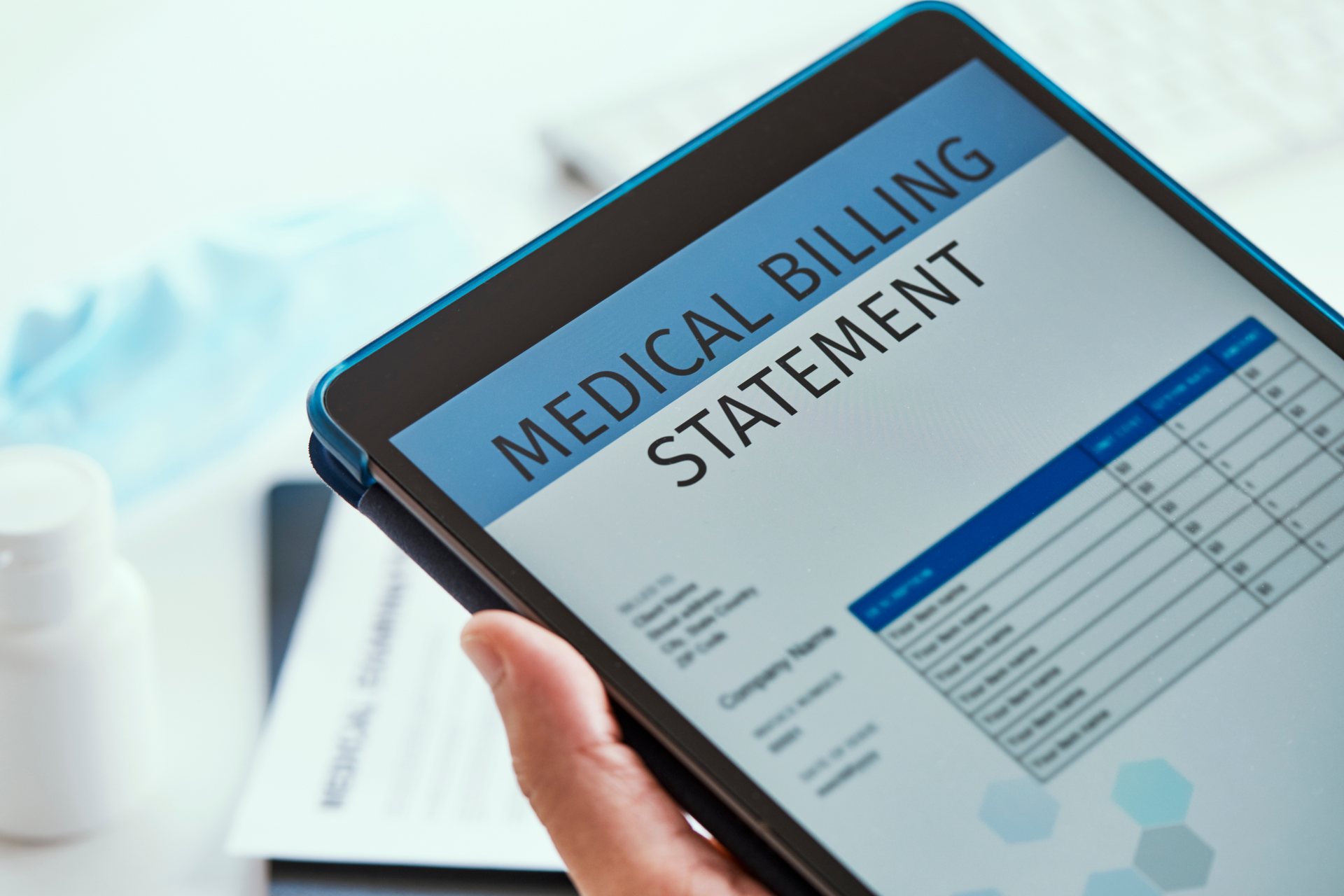
On top of the excruciatingly long gaps between the date of service and receipt of patient statements, patients are also frustrated with how confusing their bills are and the unexpected expenses they initially thought were covered by their insurance.
Confusing patient statements and unexpected expenses aren't just detrimental to your patient satisfaction rates; they can also lead to default payments and ultimately chip away at your bottom line.
One in every five Americans says they received a surprise medical bill in 2022. However, with the
No Surprises Act already in full effect, patients now have more protection against surprise bills.
Read More:
What is the No Surprises Act & How Does It Affect My Practice?
4. Improving Billing for an Enhanced Patient Experience

Used to modern consumerist experiences, patients nowadays expect the same level of convenience when acquiring and paying for healthcare services. As much as 91% of patients prefer to pay their medical bills through a credit card or other electronic payment methods.
Offering more convenient payment options can significantly improve your patient satisfaction rates and boost payment collection. Remember that the patient journey doesn't end at the exam room; their experience at the payment counter matters just as much, if not more.
5. Medical Billing Automation
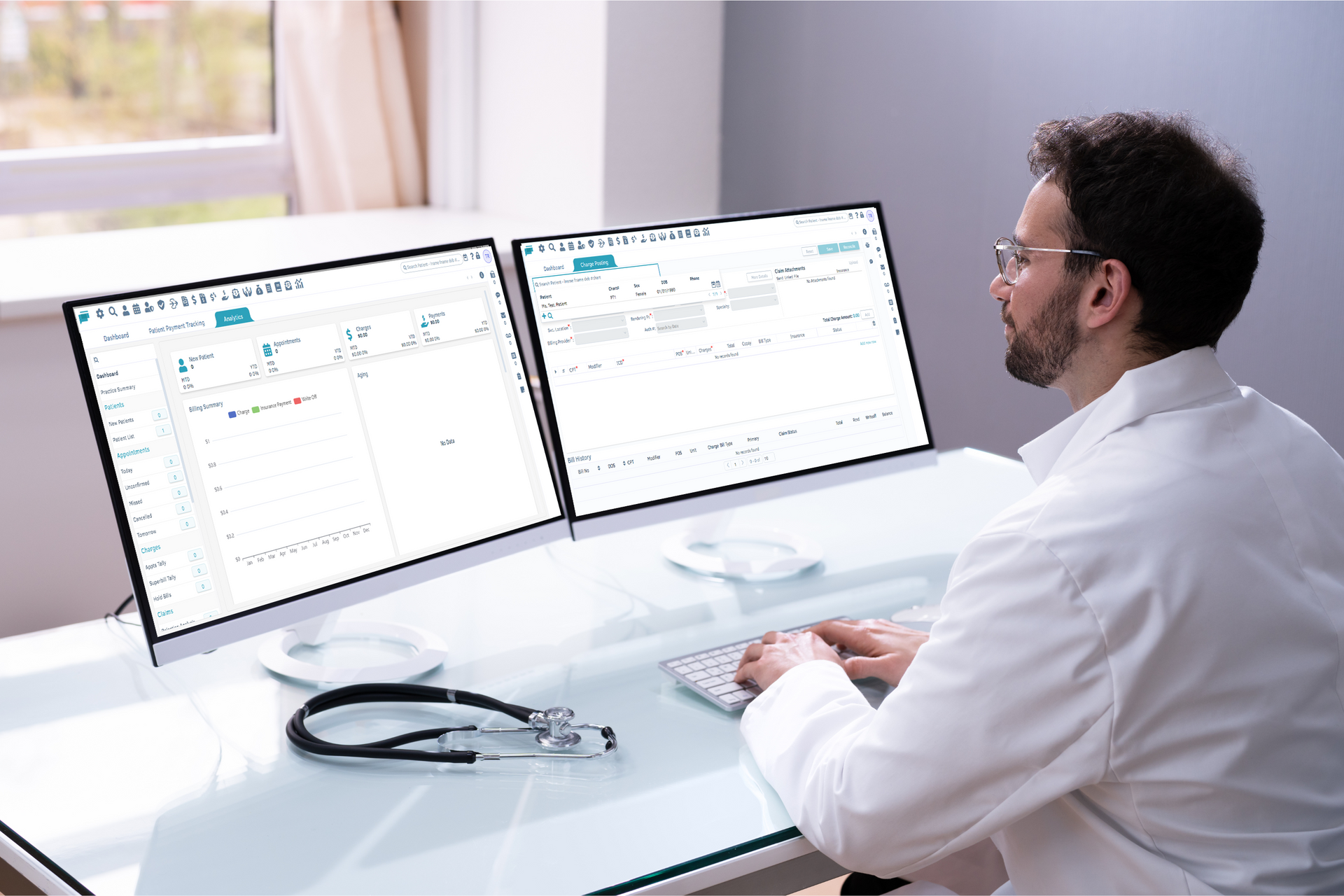
Even though 75% of providers still use paper and manual payment collection processes, the future of medical billing automation is bright. As more providers and healthcare executives see the advantages of automating and digitizing medical billing processes, the adoption of sophisticated systems, like web-based billing software, is also expected to increase.
It’s wise to automate your medical billing now rather than wait for the entire industry to catch up. If there's anything the pandemic has taught us, it's that whoever adopts innovation first adapts to industry disruptions better.
The Medical Billing Software You Can Scale
Understanding the current state of the medical billing industry can help you put forward initiatives to improve payment collection and maximize revenue in 2023. However, you still need a reliable solution to help you put your plans into action.
As a well-rounded, web-based solution, billrMD integrates medical billing and practice management into one comprehensive platform. From
digital patient invoicing and
credit card processing to
electronic claims submission and more, billrMD streamlines your medical billing and simplifies your administrative workflows.
You can get started with billrMD with a free account and slowly
unlock more premium features as your practice grows. With affordability and scalability at its core, billrMD is perfect for small and startup practices looking for software that adapts to every stage of their growth.
Recent Posts
One software for all your practice management needs.
billrMD | All Rights Reserved.
billrMD | All Rights Reserved.

